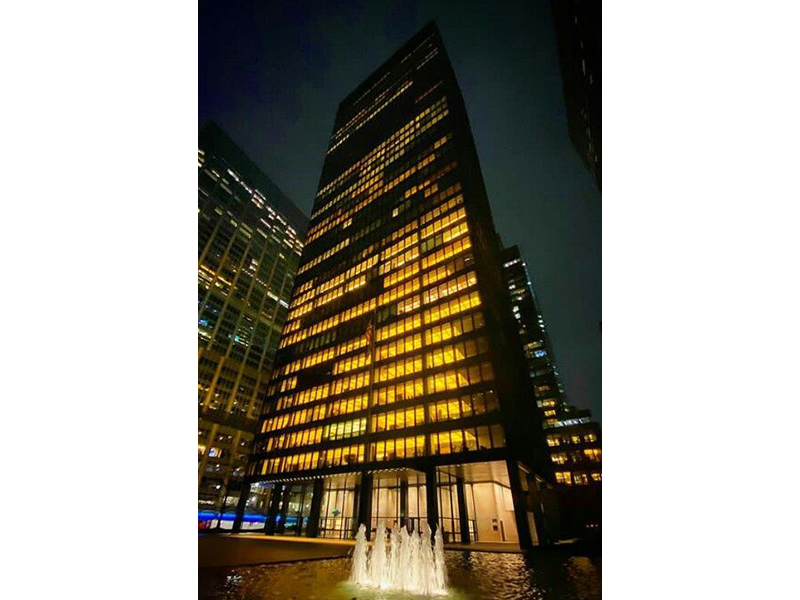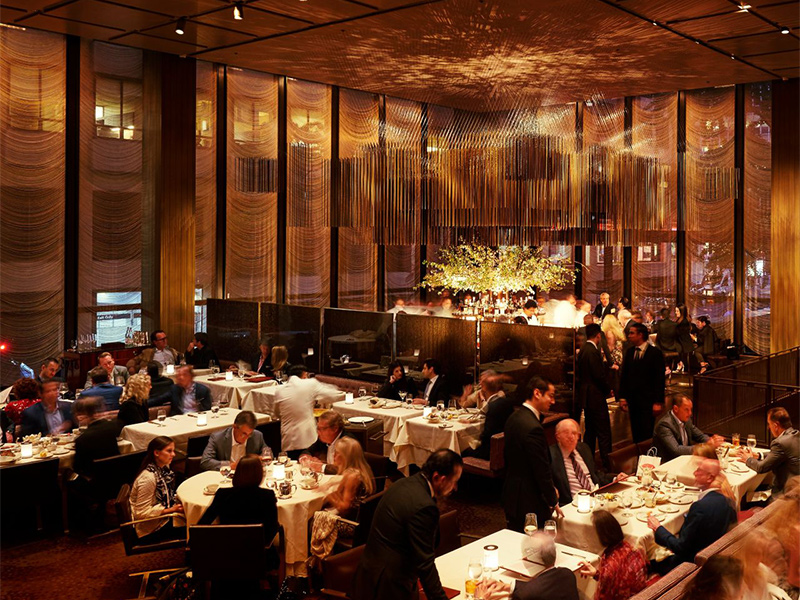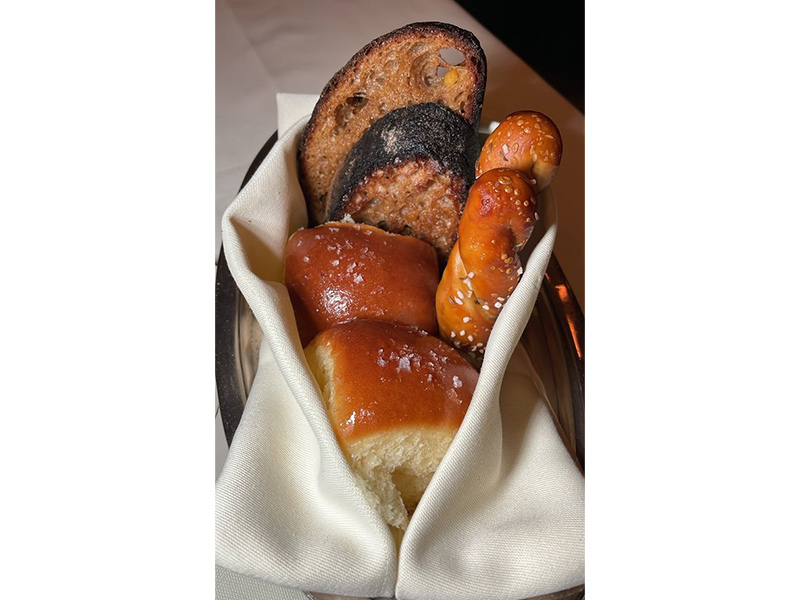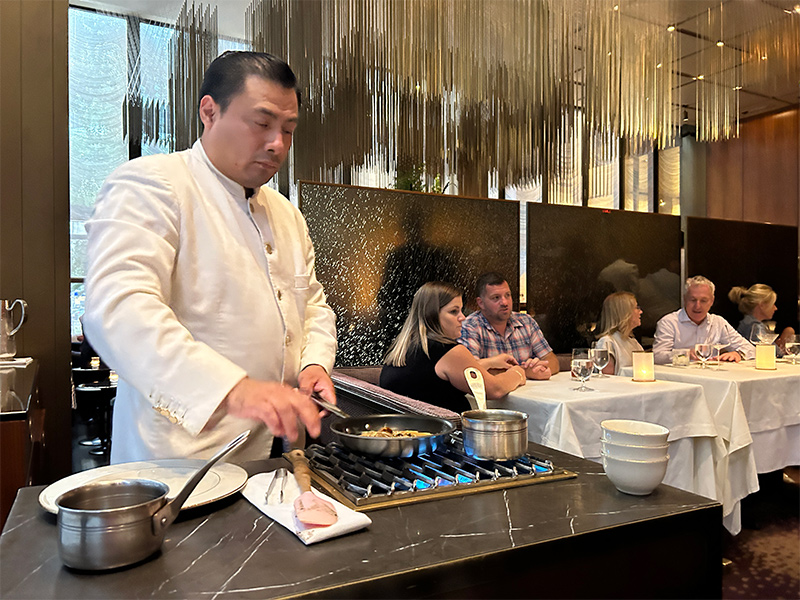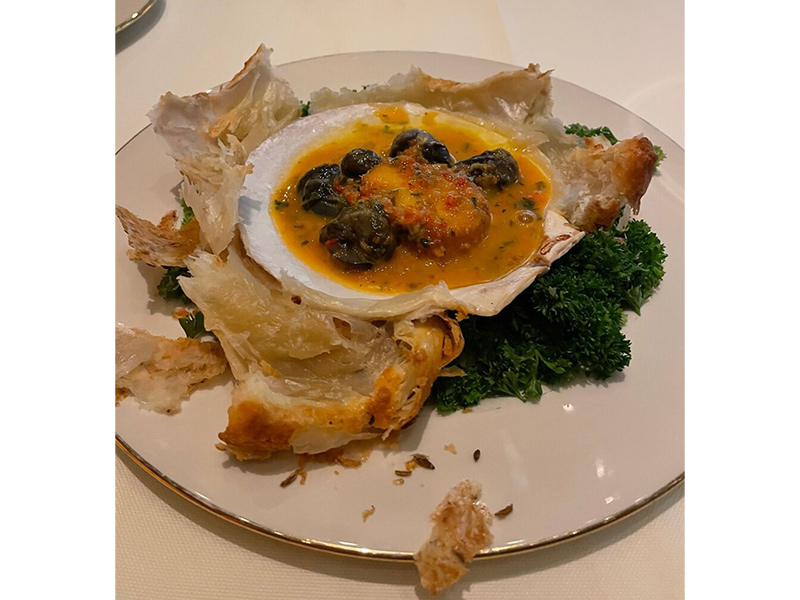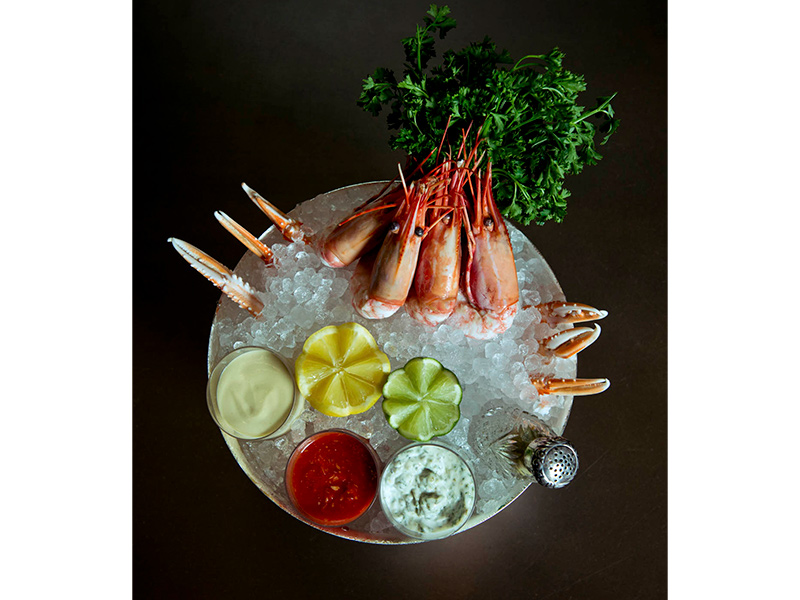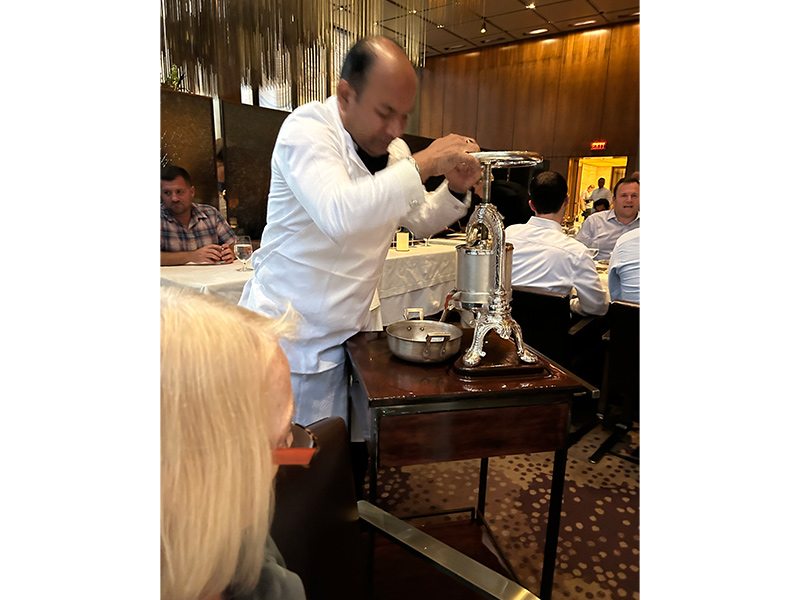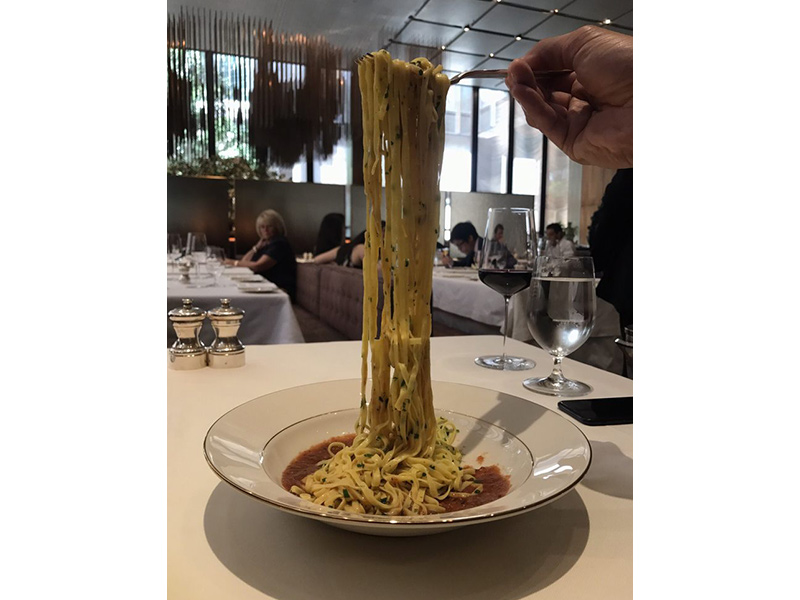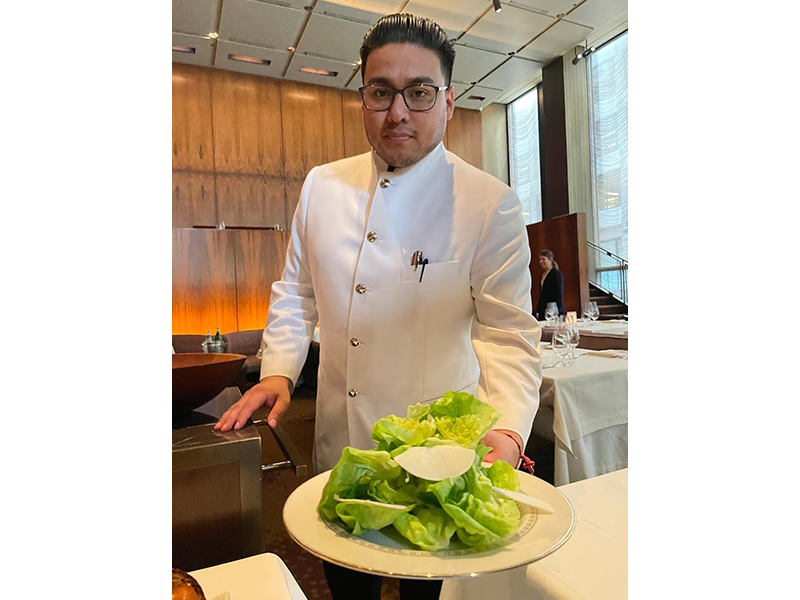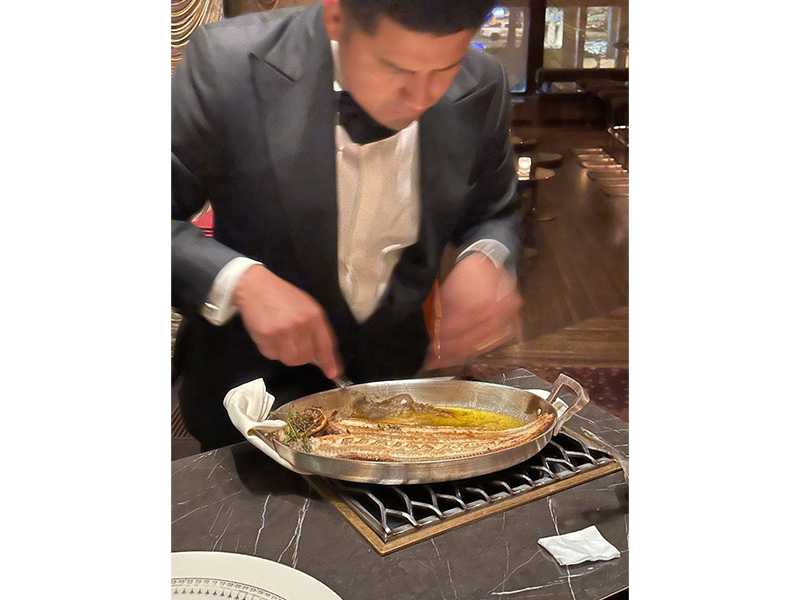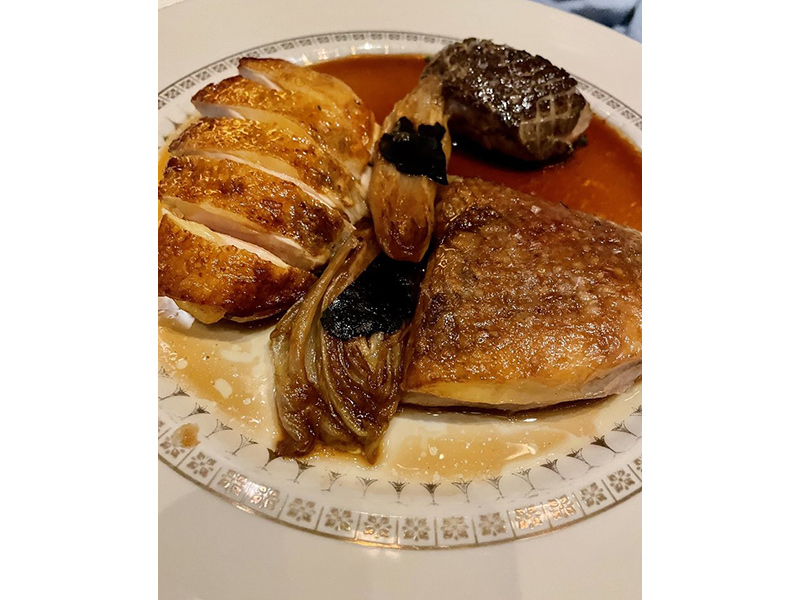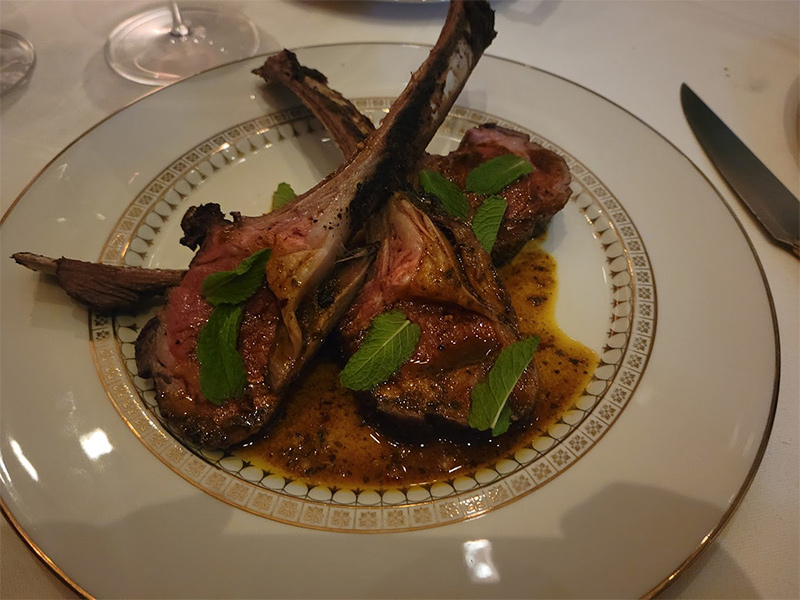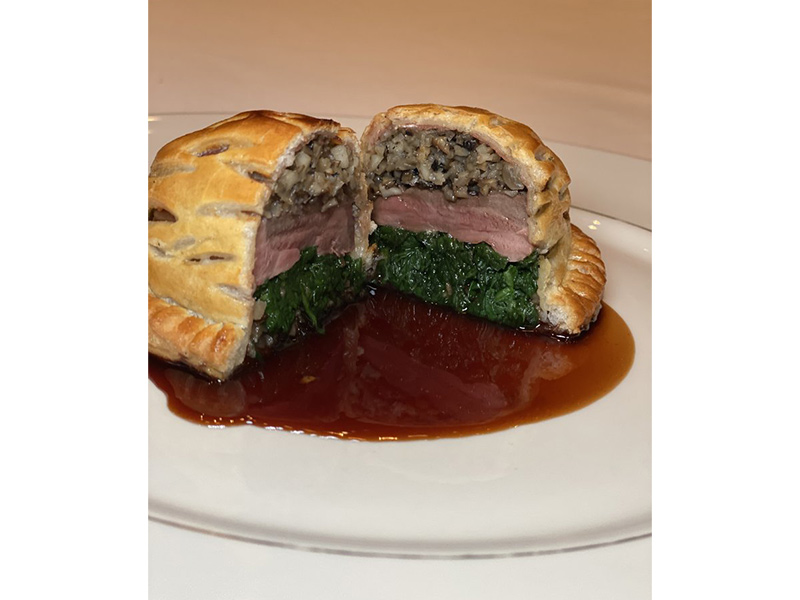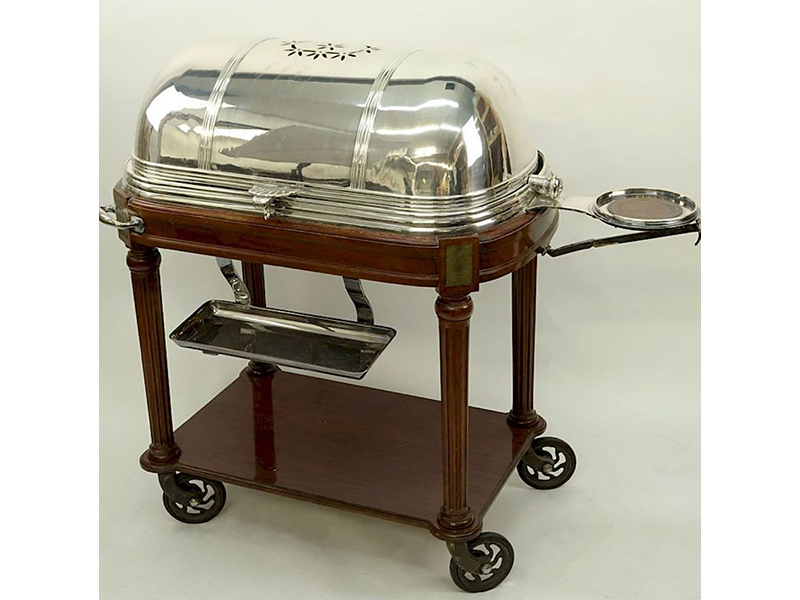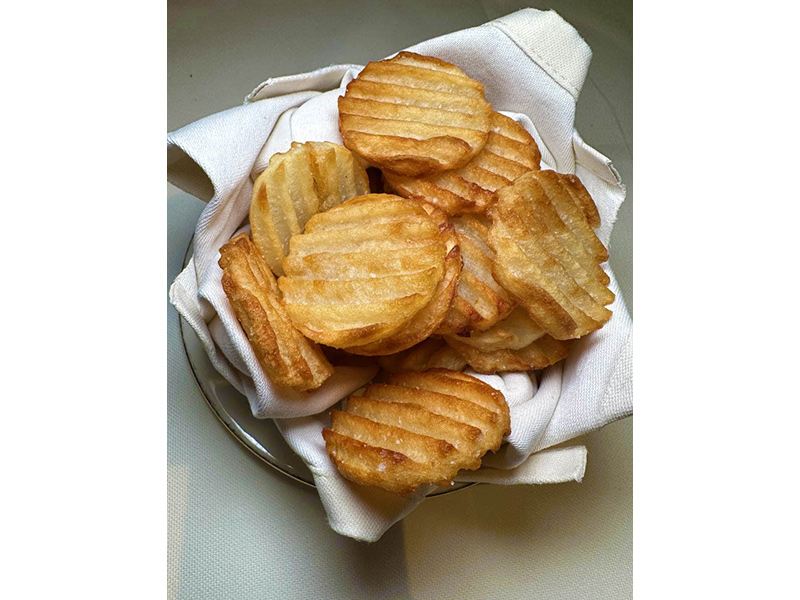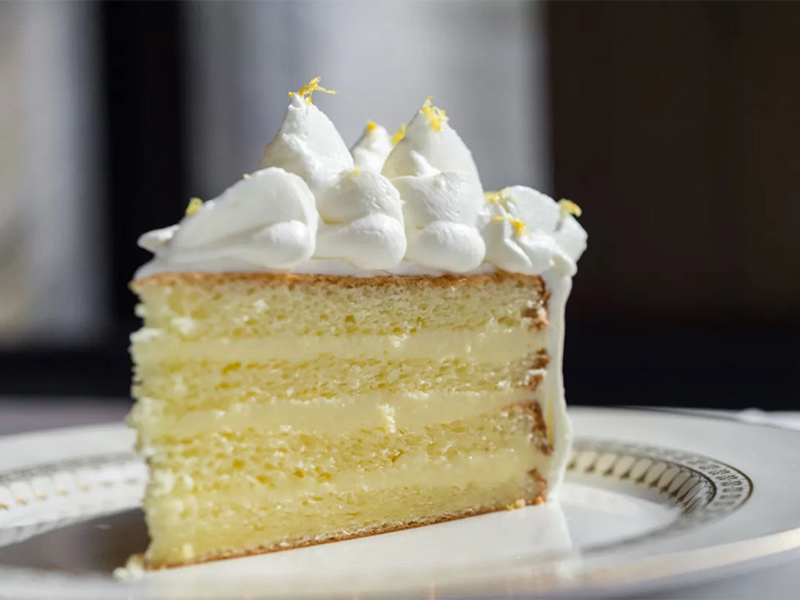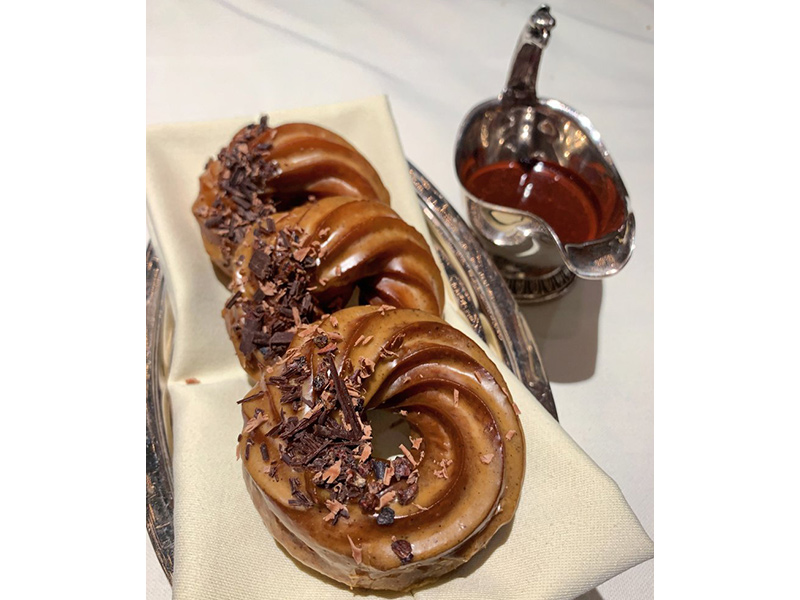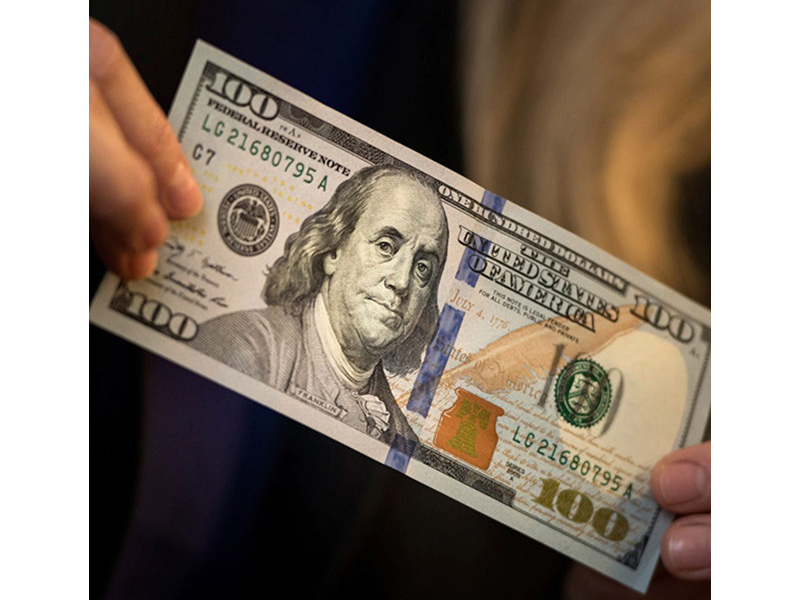Back in 2019, I wrote about the legendary FOUR SEASONS RESTAURANT losing its lease after nearly 60 years housed in the soaring Seagram Building on Park Avenue in New York. They relocated a few blocks up the street on 49th St. – and just a few months later ran out of gas and closed for good.
I guess lightning doesn’t strike twice in the same place.
The original was home to a string of A-list tycoons, moguls, statesmen and power lunchers like Henry Kissinger, Jackie Kennedy, Barbara Walters, Anna Wintour and Karl Lagerfeld. Never in history had there ever been a restaurant more in line with the tempo of New York City.
The building – a collaboration between Ludwig Mies van der Rohe and IDS Center-architect Philip Johnson – was stunning. But van der Rohe wanted nothing to do with the interior public spaces, or a restaurant, for that matter. Philip Johnson, however, had no such reservations. He teamed up with noted restaurateur Joseph Baum and created something unique: a restaurant that combined all the elements of the building that housed it. From architecture and design to furniture, uniforms, table settings, service, attitude, cutlery, music, lighting, artwork (think Robert Indiana, James Rosenquist and Pablo Picasso), this was the most FULLY INTEGRATED, HOLISTIC restaurant in America.
The cost to build The Four Seasons restaurant, you ask? $4.5 million in 1959 – or about $32 million in today’s dollars.
As a restaurateur myself, I’ve always used the rule of thumb that whatever the buildout costs, your annual sales have to be double that in order for the business to be considered a success. Think they did the equivalent of $64 million a year? HMMMM?
In my pre-restaurant life, I traveled frequently to New York. Occasionally I’d meet clients for cocktails at The Four Seasons’ bar, which resided discretely between the restaurant’s dining rooms: the POOL ROOM and the GRILL ROOM. The centerpiece of bar was a Richard Lippold bronze sculpture featuring hundreds of square rods dripping from the ceiling directly above, creating an intimate space within a much larger environment. Another distinguishing feature: the now iconic metal chain-beaded, floor-to-ceiling curtains that softly rippled in the currents of the ventilation system.
The 60’ x 90’ Grill Room dazzled with glass curtain wall on its western and southern walls, as well as French walnut walls on the north and east. The Pool Room, identical in size, boasted a 20’ x 30’ white marble pool with fig trees at all four corners. Each space had 20’ ceilings and was column free – a feat enabled by modifying the tower’s superstructure to transfer structural loads from the building’s upper floors.
The restaurant received numerous prestigious architectural and design awards over the years, and in 1990 The Four Seasons and the Seagram Building were granted Landmark status. In 2015, NYC’s Landmarks Preservation Commission rejected building owner Aby J. Rosen’s plan to make what he characterized as minor changes to the interior. The Four Seasons could not be tampered with…ever.
Well, that was all then.
And this is now.
After The Four Seasons permanently closed in 2019, a highly respected restaurant company, THE MAJOR FOOD GROUP, renewed the lease and took over The Grill Room and rebranded it as THE GRILL.
I had the privilege of dining there with PARASOLE colleagues a few weeks ago. From what I remembered, it felt and looked about the same as it did years ago when I used to have cocktails in the bar.
Some things from the original had been sun-setted: the Huxtable custom-designed china, champagne flutes, glasses and flatware….the splendid Hans Wegner chairs from the elevated section of the dining room…the huge Pablo Picasso tapestry, LE TRICORNE. None of these elements enjoyed Landmark status protection.
Because of designation as a New York City Landmark, I wasn’t surprised that The Grill essentially had the same bones. Much of what was there in 1959 remains in 2023, including the 20’ high chain-metal curtains that quiver in endless waves, the magnificent bronze sculpture over the bar, the deeply rich book-matched French walnut paneling and most all of the Knoll BRNO chairs that Philip Johnson has selected.
But something was different. Under the new leadership, the place was still swanky, but it felt more approachable and confident.
I like the new spirit of the place and the new menu – A LOT. The hushed old-money crowd that I remembered has given way to a clientele with a more vibrant, youthful and rambunctious bravado. And the new menu seems to flirt with the notion of becoming a brand new, sort of “energetic power chop house.”
Our meal started off auspiciously with the house-made bread basket of warm, pillowy Parker House rolls and salt-flecked pretzel bread, served with chive butter.
AND THE HITS JUST KEPT ON COMING.
I’ll describe just a few of the things we had, but check all the delectable offerings in the attached images……
First…I’ve never had an omelet as a starter. Then again, I’ve never had any omelet quite like the Smoked Wild Mushroom Omelet prepared tableside. The eggs merely serve as a delicate binder to the legion of springy morels, nutty chanterelles, and deeply earthy maitakes and black truffles.
A big, fat sea scallop arrives bedded down among a fricassee of snails in a delicate puff pastry shell. The Seagram Crab Cake in mustard cream sauce was nicely topped with a crunchy layer of Potatoes Anna. Although it seemed to be jumping the season, the Cream of Pumpkin Soup was as smooth and velvety as a courtesan’s buttocks – especially when laced with silky nuggets of crème fraiche and a salty counterpoint of crispy bacon. The Nicoise-y Tuna Ravigote was almost too pretty to eat, but utterly delicious, as was the Langoustine Cocktail, with deep briny notes countered by a pleasantly mild mustard mayo.
BTW, ever wondered what the difference is between langoustines and shrimp? I have. Langoustines are a delicacy, served with head attached. They have longer pincers, are harder to catch, and the taste is rich and pleasantly fishy. Shrimp are more of a commodity – affordable, tender and a little sweeter.
My darling, precocious little granddaughter, who explores all boundaries of excess, of course ordered the “Duck Pasta à la Presse” as her appetizer. One of French cuisine’s most spectacular presentations, it is finished with a tableside flourish by a tuxedoed captain and involves a brass, silver-plated French Duck Press (think upwards of $10,000).
Parts of roasted duck, pheasant, and squab, along with herbs and vegetables, are wheel-pressed and pressured by a dozen cranks into a super-rich savory stock that is tossed with tagliatelle pasta. “Delicious,” I think she mumbled through her pasta-stuffed mouth.
A salad course was next. One of us ordered the chopped offering. Another had an endive salad, prepared with toasted walnuts, apples and true Roquefort cheese. And, in a carryover from the original restaurant, there was the Dungeness Crab Louie. All wonderfully delicious and theatrical, some-tossed tableside.
For the main event, Joanne had Dover Sole, the pride of the Cliffs of Dover. Now, Joanne knows a bit about this dish from dining at the best seafood restaurants in London, including SCOTT’S, J. SHEEKEY and BENTLEY’s. It’s always filleted tableside with restrained fanfare. The verdict? There wasn’t a dime’s worth of difference between the best in the world and The Grill’s iteration of Dover Sole.
In an ode to past menus and a tribute to Craig Claiborne, the New York Times restaurant critic of yesteryear, the restaurant has made Guinea Hen Claiborne a signature dish. Guinea hen meat is moister, firmer and leaner than chicken and has a slightly gamey flavor. One bite of this preparation – which marries braised endive with Madeira wine sauce, black truffles and foie gras – and you can see it can’t be consigned to history. Another blast from the past is Steak au Poivre, the classic French steak prepared with coarsely cracked black pepper, shallots, red wine, cognac, heavy cream and butter, butter, butter. Nothing can go wrong with that. Ditto for the Lobster à la Newburg. This version is very different from what my mother occasionally, on pay-day Friday, used to make with frozen baby shrimp and Kraft Cheez-Whiz over melba toast (all ingredients from the A & P). Who did it better, my mom or The Grill? I can’t say.
Another dish that, thank God, was also carried over from the past: Triple Lamb Chops with yogurt, brushed with curry oil (mint jelly served alongside). Thick slices of Roasted Venison in Cumberland Sauce were adorned with chopped walnuts and countered with a mound of huckleberry jam.
Not for everybody…the pastry-encrusted Scottish Wood Pigeon Pie. Some folks call it squab, but it’s really just pigeon. I suspect there’s an aversion to the idea of eating feral pigeons off the city sidewalks. Are they rats with wings? Or a haute delicacy? The Grill’s version, as I recall, went something like this: breast of pigeon encased in puff pastry along with mushrooms, ruby port wine, heavy cream and butter. We didn’t try it, but I will…next time.
Alas, my ever-curious sweet – and utterly cost-oblivious – granddaughter could not resist the gleaming $35-40,000 French Christophle silver meat trolley that kept gliding by us. When it eventually cruised up to our table, would the young lady indulge in the Hand-Carved Salt-Crusted Prime Rib from the rolling gueridon? OF COURSE SHE DID.
Aside from the rather predictable chop house sides, including cottage fries and asparagus, there were two offerings that did surprise. Broccoli Chinois featured tiny morsels of broccoli with ginger, garlic, chopped scallion tops and seitan – a sort of firm, spongy, Chinese wheat gluten that absorbs the flavors that surround it. The other side dish, an artful and tasty Baby Corn Picalili, was a mustardy, tart and snappy British interpretation of a pickle relish. It stood up well to strongly flavored foods.
Stephanie Prida is the pastry chef at The Grill, and from what our table experienced, she is a rock star. Our dessert parade began with a graceful champion from the previous Grill Room – Lemon Chiffon Cake. We also devoured a subtle, sweet and gooey German Chocolate Cake. (Fun fact: German Chocolate Cake is not named after the country of Germany, but rather its creator, Samuel German, who in 1885 was a pastry chef for the Baker’s Chocolate company in Dorchester, Massachusetts). Another star dessert was the Zucchini Cake. Yeah, it tastes a lot like a really good rendition of a moist carrot cake, but boy, it was a LOOKER.
A pleasant and final surprise to me were the crullers. Yeah, CRULLERS. You don’t see them much in the Midwest. Unlike donuts, French crullers are made with pâte à choux pastry dough instead of yeast dough. Like profiteroles, which are made from the same dough, they’re light and airy, crispy on the outside and delicate on the inside. But Stephanie Prida takes them to a whole new realm, branding and decorating the crullers in various ways. Among the offerings we sampled were Moka (espresso frosted and laminated with toasted hazelnuts), Key Lime Pie (citrusy, sweet, tropical and tart, with a torched meringue medallion on top), and various chocolate crullers, the king of which is the Chocolate Blackout. Eat at your own risk. Hazards include weight gain, tooth decay, sleep disturbances and, in rare cases, donkey fever. Through caution to the wind and order them should you visit The Grill Room. THEY’RE NOT TO BE MISSED.
Okay, that’s it.
The Grill is expensive – somewhere between “Ye Gads” and “Are You F****** Nuts.”
But the food is EXCELLENT. The service is PERFECT. And the dining room? Buzzy and SPECTACULAR.
So….is The Grill back?
Oh, yeah, Baby. IT’S BACK.
WTF PHIL
